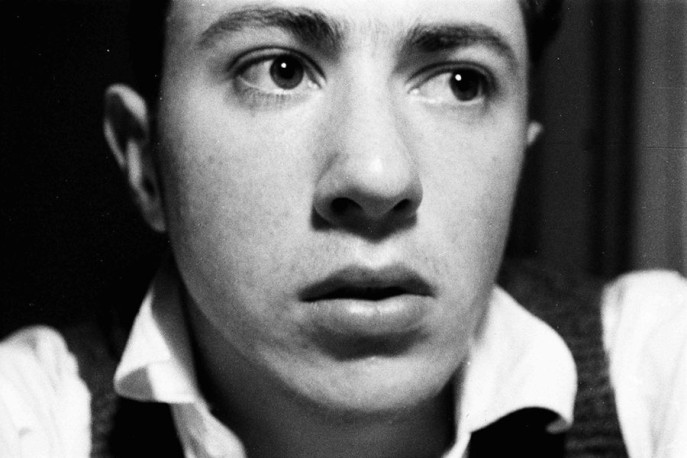
by: Ellen C. Caldwell
for JSTOR Daily
While South African novelist and Nobel laureate J. M. Coetzee is best known for his fiction, he recently had a show celebrating his lesser-known creative work: his black and white photographs taken during his adolescence in apartheid-era South Africa. The photographs offer an intimate view of the writer and his upbringing.
Scholar Harald Leusmann analyzes J. M. Coetzee’s cultural critique of white, postcolonial, post-apartheid South Africa. He argues that Coetzee’s writing, often loosely autobiographical fiction, is important and even integral to understanding South African history. Leusmann notes that Coetzee’s 1999 novel Disgrace “written after the demise of the apartheid regime…deals with the collective mood of present-day South Africa’s white population at the end of the dark twentieth century.” According to Leusmann, the author “forces his readers to look into abysses they do not really want to look into but are actually unable to turn away from anymore.”
